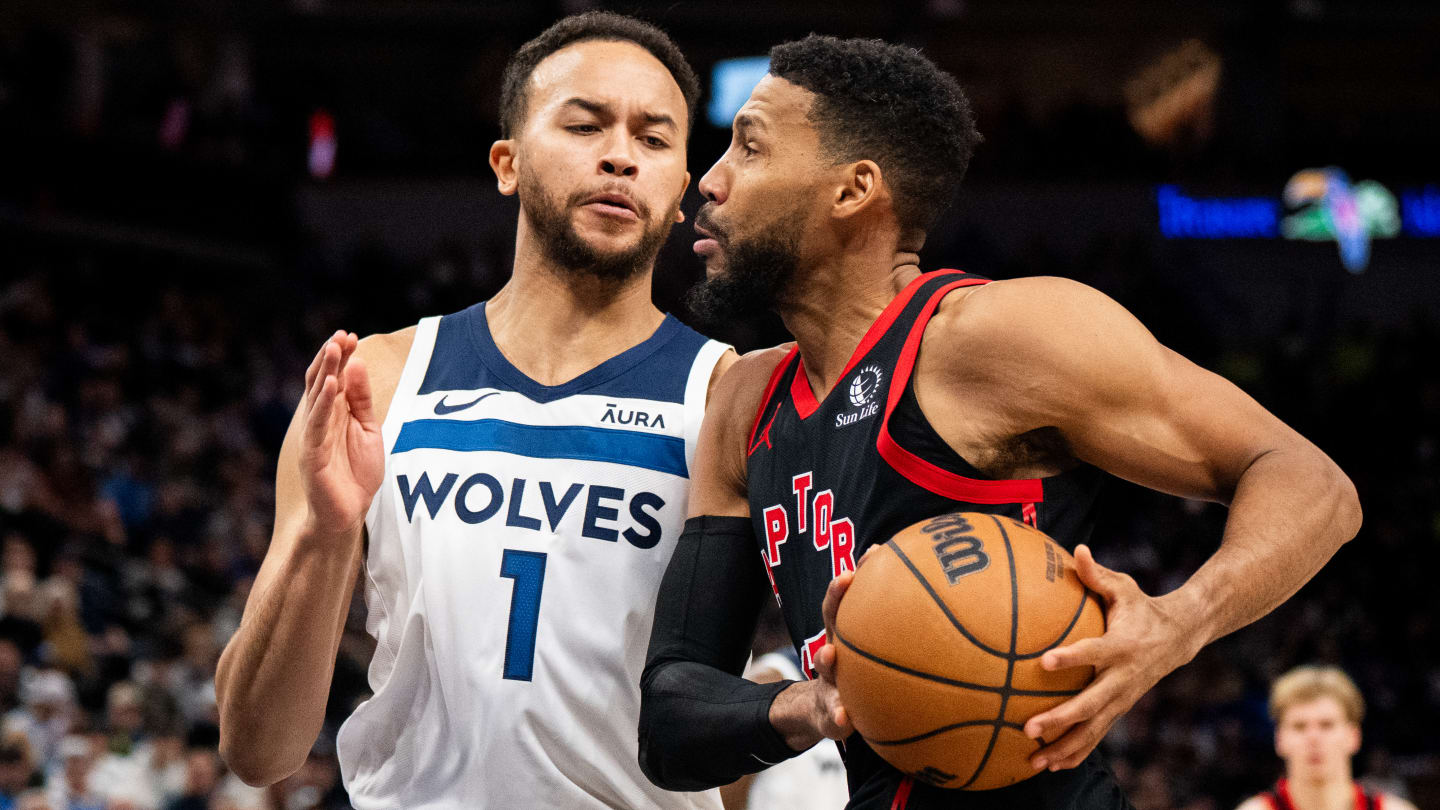


The Toronto Raptors haven’t quite figured out if they are trying to win or not next season.
The big-picture moves seem to suggest they aren’t tanking. They traded OG Anunoby for a pair of players who will both be on expensive contracts this year rather than prioritizing draft capital. Their financial situation moving forward will be that of a team trying to win, not one trying to rebuild. They kept Jakob Poeltl and Kelly Olynyk and thus far still have Bruce Brown on the team.
On the other hand, they didn’t push to maximize their cap space this summer to add another key contributor and they haven’t pushed in the chips to trade for another star alongside Scottie Barnes and company. They kept their draft picks and added at least three rookies they intend to roster, also pulling off a mid-draft trade to take on money.
Perhaps there are more big moves to come, or perhaps the Raptors are merely trying to thread the needle between not going all-in and not completely tearing down. If you are looking for clarity from the Raptors’ work in free agency, you won’t find it, because they have been extremely quiet.
If you don’t include re-signing Immanuel Quickley, who was a restricted free agent and agreed to terms before the start of free agency, the Toronto Raptors have only made one move: signing veteran guard Garrett Temple to return to the team for another year.
Temple attended LSU back in the day before going undrafted in the 2009 NBA Draft. He has since bounced all around the league, appearing in games for 12 different franchises. The most points per game he ever averaged was 10.3 in 2019-20 for an injury-riddled Brooklyn Nets team.
Remarkably, despite never being a star or anything close to it, Temple is about to play his 15th season in the league. He turned 38 years old in May and is the sixth-oldest player in the NBA; if Taj Gibson doesn’t sign with a new NBA team he will move into fifth. Temple is about one month older than Jeff Green, while Raptors legend Kyle Lowry is six weeks younger.
The fascinating wrinkle to the Raptors’ signing of Temple is that he is likely to only see the court in extreme and unusual circumstances. Last season the Raptors could hardly have been more injured, signing players off the street and inserting them into the starting lineup. Even then, Temple played only 289 minutes in 27 appearances.
The Raptors have only gotten deeper in the backcourt. Quickley is back, as are Bruce Brown, Gradey Dick and Ochai Agbaji. They drafted Ja’Kobe Walter and Jamal Shead, then traded for Davion Mitchell. The pecking order before Temple would get his name called is quite long. He may get a few minutes of garbage time run, but the odds of him playing in a meaningful game are extremely low.
Why bring him back, then? Temple is likely to fill a role some have joyfully coined the “OG” or more commonly called the “veteran mentor” in league circles. Udonis Haslem stayed with the Miami Heat a half-decade past the end of his ability to play meaningful minutes, a hybrid between a player coach in the locker room and a player whose years of NBA experience made him a valuable resource to the rest of the locker room.
Hearing a lesson from a coach can be valuable; hearing it from the guy in the locker next to you even more so. Temple provides a trusted and experienced voice from the player side of the roster and can help to bring along a young core of guards. He has seen a lot of things, played alongside a number of stars, and has a wealth of experience and wisdom to provide.
Garrett Temple won’t play much this season; he may not play at all. His impact on the team won’t be seen in box scores, but in the maturity of the roster and how they take the next step as men and players in the NBA. It will be hard to track, but the Raptors view it as important enough to use a roster spot on.
Welcome back Garrett Temple.
10 Players still available for Raptors to sign in free agency. dark. Next. 10 Players still available for Raptors to sign in free agency